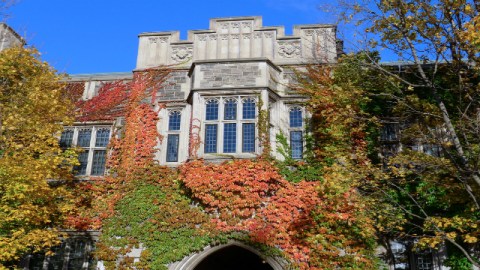Getting Bright Poor Kids Into Top Schools

Last week, David Leonhardt of The New York Times offered his latest take on why poor but smart kids have trouble getting into top colleges. In the past, he wrote that the colleges didn’t pursue the kids. Now, he adds that the kids don’t apply to the colleges. Fixing this is important to our economy – but how?
As I’ve written here before, our enormous inequality in wealth has led to an economy in which money can trump talent in determining access to opportunity. This is a hindrance to both social mobility and economic growth, especially if it’s happening at such a crucial juncture in young people’s lives.
Solutions to this problem will likely rely on information and incentives. Poor kids may know about top colleges, but they may not know that the colleges want them to apply – and that they can apply for free using fee waivers, which are also available for the SAT. Moreover, they may be unaware that elite private colleges can be as affordable as state schools, especially for kids from poor families. By the same token, colleges may believe that poor kids don’t apply because of personal preference, rather than a lack of information or other perceived barriers.
Incentives also need improvement. Poor kids may find that they can only attend a top school if they take a job cleaning dorm bathrooms or washing dishes in the dining hall; they may indeed prefer to attend a lower-level college and focus on their studies. But why should poor kids have less time for class work than rich kids? Restructuring financial aid programs is the only way to eliminate this divide.
Guidance counselors have played a disappointing role in the choice of colleges, too. They can be helpful in providing information about colleges and financial aid, but their incentives may not be aligned with those of their students. For example, if a guidance counselor is rewarded for placing a high percentage of students into college, then he or she might encourage students to apply to safe schools rather than elite universities. A better system would reward guidance counselors who place students into colleges where the average SAT score of the class is, say, equal or higher to that of the placed students.
Finally, colleges could use some new incentives as well. Even those with need-blind admissions can take the passive attitude that an open door is enough, when poor kids need more of an active invitation. The federal government could consider giving extra aid money to colleges that bring in poor kids who meet their academic standards. It may sound like a bounty system, but wouldn’t it be great if kids from poor neighborhoods were top recruits for something other than their sports skills?





